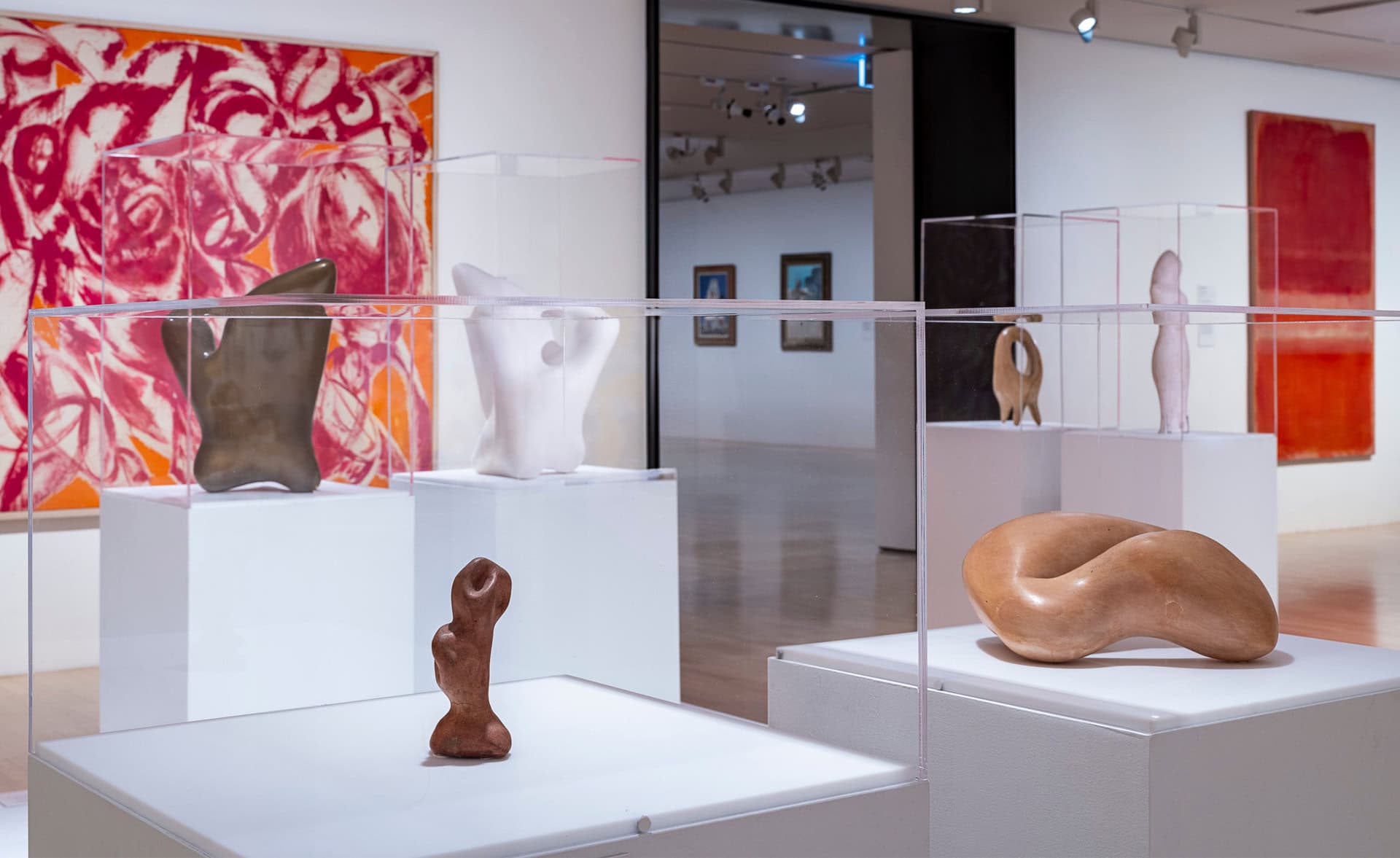Hans Arp
NGV International
Level 2
16 Jul 24 – 27 Jan 25
The NGV recently acquired twenty-four sculptures by German-French artist Hans Arp, as part of a donation of over two hundred works from the artist’s estate, Stiftung Arp e.V., to museums worldwide. With this significant gift, the NGV now represents the largest public collection of sculptures by Hans Arp in the Asia-Pacific region.
Born in Strasbourg in north-east France to German-Alsatian parents, Arp co-founded the revolutionary Dada movement in Zurich during the First World War. In 1925, his work was included in the first exhibition of the Surrealists at the Paris Galerie Pierre. His first solo exhibition soon followed in 1927, at the Galerie Surréaliste in Paris.
Throughout the 1920s and 1930s, Surrealism encouraged Arp’s exploration of intuitive impulses and his concern with the symbolic – rather than representational – value of forms. In the 1930s, Arp’s abstract sculpture suddenly shifted in orientation towards nature. Arp became a pioneer in what is now known as ‘biomorphic’ or ‘organic’ abstraction, in which landscape and vegetable shapes replace the human figure in sculpture.
The works on display at the NGV span the early 1930s until the artist’s death in 1966, providing significant insight into Arp’s polymorphic sculptures and his intuitive use of plaster, which allowed him to make and remake forms, and experiment with inventive modelling and sculpting techniques.
